Join the conversation
We love to hear from our customers. Connect with us today and let’s start a conversation.
...searching
A lot’s changed in the motoring world since 1985, but one constant remains: Pirelli’s P ZERO is loved by the industry’s most exotic marques. Join us as we roll back the decades to find out where it all started.
In this modern world of 1,800 bhp, electrified, active-aero-wearing,
300-mph hypercars, it’s easy to forget just how much things have changed in the last 40 years.
Back when Pirelli’s first P ZERO tyre debuted in 1985, the pinnacle of performance looked very different… And, in the ensuing four decades — as supercars quickly morphed from basic but ballistic go-karts to spaceships on wheels — Pirelli’s flagship offering has continued to evolve at equally breakneck pace.
Now, with the all-new fifth generation upon us, we explore why P ZERO’s long been the tyre of choice for those brands looking to push boundaries.
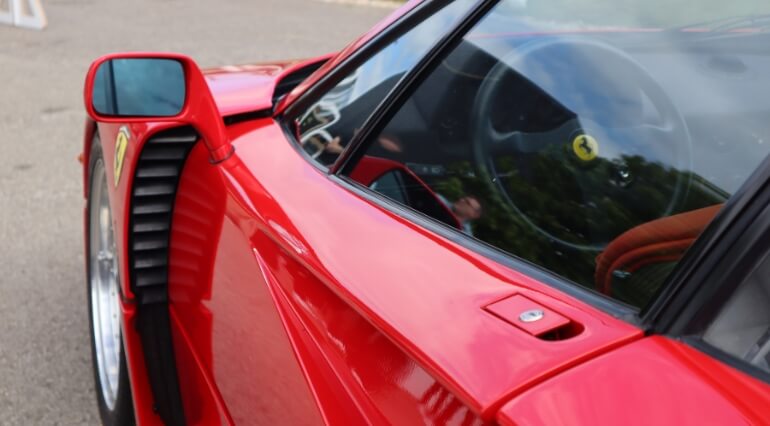
Enter your registration and postcode and we’ll show you the best tyres for your car
Though it technically premiered on Lancia’s rally-bred Delta S4, P ZERO’s first proper outing was on this:
Ferrari’s legendary F40 supercar.
As king of the ‘80s supercar jungle, F40 was (believe it or not) cutting edge for its day. Innovative use of carbon fibre, kevlar, and aluminum, kept the weight down to an impossibly modest 1,100 kg. For context, that’s about 600 kg less than a modern Ferrari SF90, or the same as a
Vauxhall Corsa.
Bear in mind that flyweight frame had a viscously boosty turbocharged V8 nestled in the middle, and you can imagine the sort of performance on offer. In fact, with a sub-four second 0-60 mph time and a top speed in excess of 200 mph, F40 was the fastest production car in the world at launch.
It wasn’t exactly known for its creature comforts, though. Most who have experienced F40 describe it simply as ‘raw’. That means no traction control, stability control, power steering, ABS, or even airbags, to help tame the beast.
But it did have one key safety feature: Pirelli’s P ZERO tyre. Given the complete lack of driver aids and the fact that 471-bhp V8 was famed for a spikey power delivery, the F40’s rubber was particularly crucial. Luckily, the genesis P ZERO product was designed with this in mind. As the first-ever UHP (ultra-high performance) tyre, the P ZERO manged to combine the three core attributes of racing tyres into a single tread pattern. For the end user, that meant a tyre which performed brilliantly in both dry and wet conditions — an essential trait for supercars like F40.
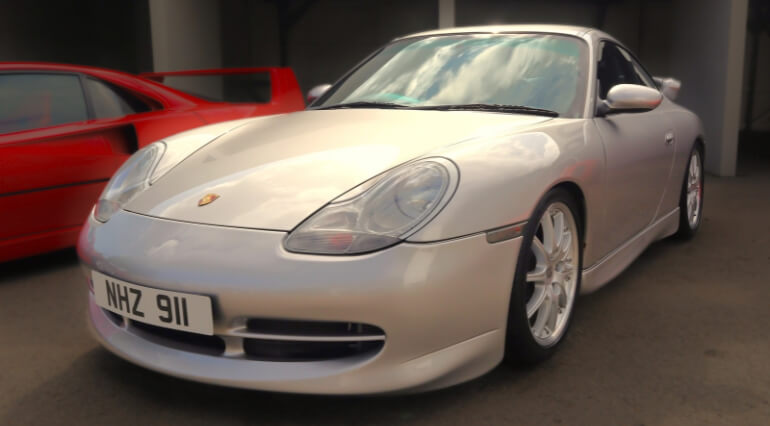
Fast forward 13 years and you’ll land on a similarly pared-back, race-ready sports car:
Porsche’s first 911 GT3. Compared to the spartan F40, the 996 GT3 looks almost luxurious, but its remit was the same: to excel on track.
And excel, it did. Thanks to a howling, GT1-derived 3.6-litre flat six and a slew of performance enhancing parts, it became
the first road-legal car to lap the Nürburgring Nordschleife in under eight minutes.
But you didn’t need to be driving it on the doorhandles to enjoy it. From the finely tuned adjustable suspension to the advanced racing brakes, every aspect of GT3 was geared towards the purist driver.
That included the tyres. As the second evolution of the P ZERO line, the new ROSSO model built upon the original’s best-of-both formula. Thanks to an asymmetrical front tread pattern, ROSSO offered more agile dry handling, without compromising wet grip. Oh, and it even improved comfort and longevity in the process. It really was the ultimate tyre, for the ultimate 911.
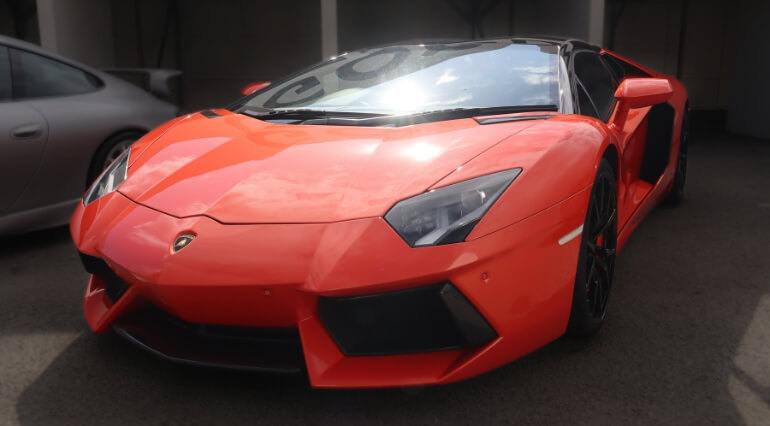
After a formidable step change compared to F40 and GT3,
Lamborghini’s 2011 Aventador is closer in character to the current crop of supercars. In other words, it’s far bigger, heavier, faster, and chock full of a whole lot of technological wizardry.
For starters, the vast 6.5-litre V12 (paired to a seven-speed flappy paddle gearbox) pumped out a seismic 690 bhp as standard. That meant all-wheel drive was the only option as far as traction was concerned. So, Lamborghini opted for an electrically controlled gen-four Haldex setup — that worked in conjunction with the driving modes — to optimise power distribution across the axles. The net result was a machine that could rocket to 60 mph in just 2.9 seconds, and then on to a top speed of 217 mph.
Thanks to its tyres, it was even capable on track. Despite its relative heft, the Aventador moved the game on dynamically compared to its predecessor (the Murcielago) by some margin. And Pirelli’s third-generation P ZERO played a pivotal role in that progress. As the only homologated tyre for the Aventador at the time, the tread pattern, compound, and footprint, were all optimised specifically for the big Lambo.
According to Lamborghini’s chief test driver of the day,
Giorgio Sanna, Pirelli’s bespoke rubber gave the Aventador "exceptional levels of safety in braking… and optimum performance both into and throughout cornering, even in the most demanding road conditions".
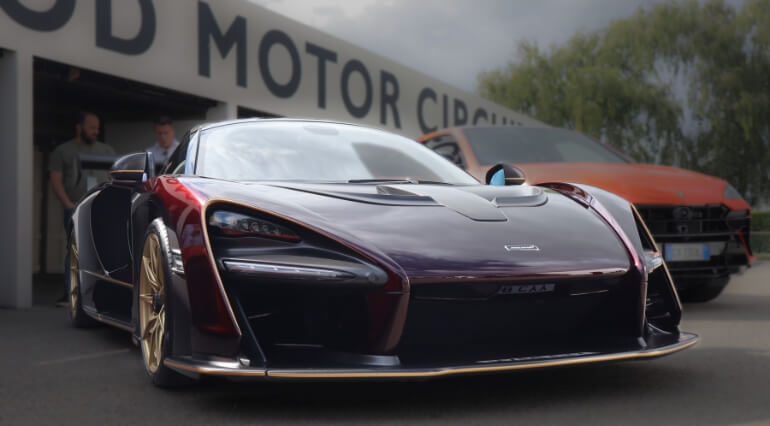
Unlike the Aventador which uses brute force and clever tech to achieve it phenomenal performance,
McLaren’s Senna has more in common with the old Ferrari F40 — both were built in ultra-limited numbers, and both majored in the art of lightness.
And, with a name like Senna — arguably the greatest racing driver of all time — you knew this McLaren was going to be special from the get-go. And it was. Tipping the scales at just 1,200 kg dry, it’s only around 100 kg heavier than the hardcore F40. That’s an incredible figure for a modern car with proper safety credentials, and it’s even more astounding when you consider the Senna has nearly twice the horsepower of the Ferrari.
But the story doesn’t end there. The McLaren’s ‘function over form’ design also generated plenty of downforce which, in tandem with Pirelli’s fourth-generation P ZERO tyre, accommodated some truly blistering lap times. At launch, no other McLaren could keep up with the Senna on track, and much of this pace was down to its remarkable traction. Traction which, thanks to PZ4’s bespoke tread and compound design, meant the Senna didn’t need a weighty all-wheel drive system to perform in all conditions.
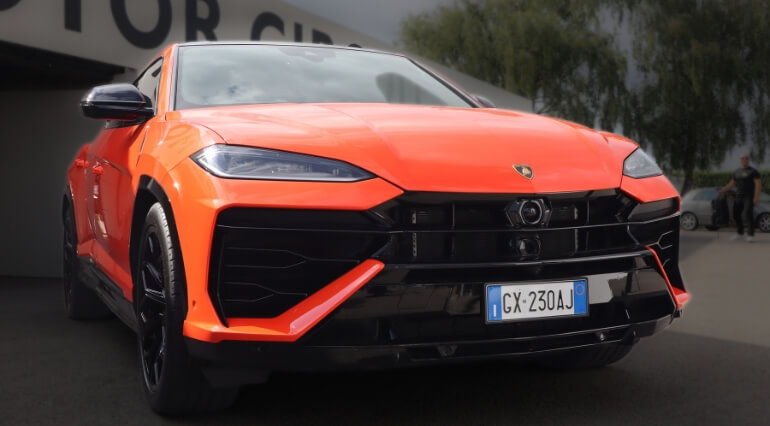
That brings us to the present day with Pirelli’s new and improved,
fifth-generation P ZERO. But why’s it on an SUV? Well, though the Urus might look a little incongruous in this iconic company, we’ve chosen it to highlight the breadth of the new P ZERO’s ability.
While the other contenders on this list have just one focus (going fast on track), the Urus rolls the strengths of a 4x4, family hauler, and supercar, all into one machine. And it does an admirable job at blending all three.
Combining a 4.0-litre turbocharged V8 with a 25.9 kWh battery pack, the SE’s power output peaks at a staggering 789 bhp. That’s enough to overcome the Urus’s enormous 2.55-tonne weight and high-riding stance and achieve a 3.4-second 0-60 mph dash.
So it’s quicker than both the F40 and the GT3, despite carrying the equivalent of a
Mini Cooper in the boot. But can it handle? Incredibly, yes. Thanks to the fifth-generation P Zero's (PZ5) new inclination groove angle — which works to increase the lateral stability of the tyre when driving — the Urus handles with a physics-defying level of agility and security. Then, when you’re not in such a hurry, like the Urus, the PZ5’s reduced noise levels make longer trips a breeze.
Conclusion
Over the course of nearly 40 years, Pirelli’s flagship P ZERO has played an integral role in the success of some of history’s most decorated supercars. And, with the latest PZ5 proving its mettle on the hottest machines of the minute (Lamborghini’s Urus and BMW’s new M5, included) it’s a trend that looks set to continue.
Did you know these five icons all wore Pirelli’s P ZERO as standard? Let us know which era is your favourite.
Hero image credit: Blackcircles.com
We love to hear from our customers. Connect with us today and let’s start a conversation.